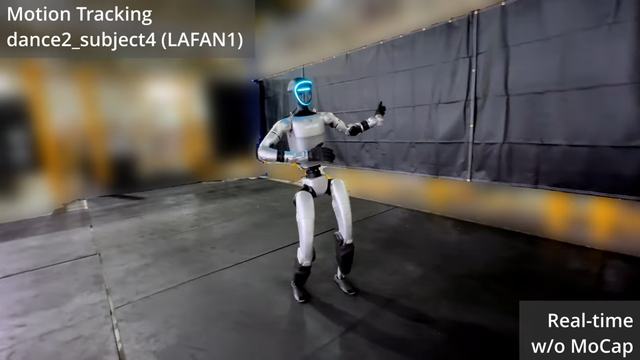Robot that generates new actions
Robot that generates new actions

BeyondMimic, a structure that changes the rules of the game
It incorporates a technique that adjusts the robot's actions in real time.
Follow my publications with the latest in artificial intelligence, robotics and technology.
If you like to read about science, health and how to improve your life with science, I invite you to go to the previous publications.
You want to win, play HARRY-RAID
If you like to read about science, health and how to improve your life with science, I invite you to go to the previous publications.
You want to win, play HARRY-RAID